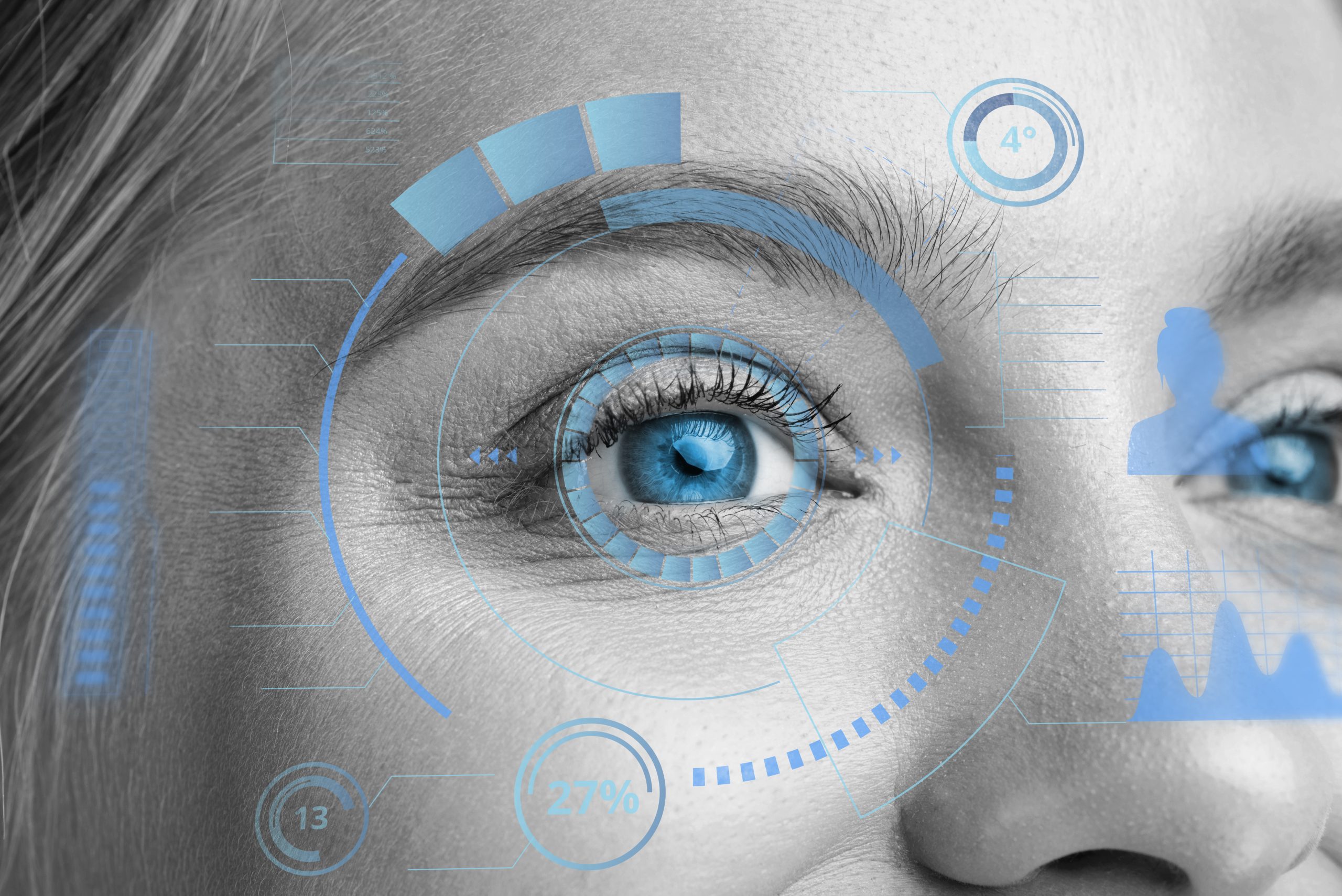Introduction
Artificial Intelligence (AI) is transforming various industries, and vision technology is no exception. From healthcare to security and beyond, AI-driven vision technologies are providing unprecedented capabilities and efficiencies. In this blog post, we will explore the significant role AI plays in enhancing vision technologies and the impact it has on various sectors.
AI in Healthcare Vision Technologies
AI-powered vision technologies are revolutionising healthcare by improving diagnostics, treatment, and patient care. Key applications include:
Medical Imaging: AI algorithms analyse medical images (e.g., X-rays, MRIs) with high accuracy, aiding in early detection and diagnosis of diseases.
Surgical Assistance: AI-driven vision systems assist surgeons by providing real-time data and enhancing precision during procedures.
Patient Monitoring: AI vision technologies monitor patient vitals and behaviour, ensuring timely interventions and personalised care.
AI Enhancements in Security and Surveillance
AI is enhancing security and surveillance systems, making them more efficient and reliable. Some notable advancements include:
Threat Detection: AI-powered vision systems can identify potential threats in real-time, enabling swift responses and preventing incidents.
Facial Recognition: Although controversial, AI-driven facial recognition systems are used for identifying individuals in public spaces and enhancing security measures.
Behavioural Analysis: AI algorithms analyse human behaviour patterns to detect suspicious activities and prevent crimes before they occur.
AI in Retail and Customer Experience
The retail industry is leveraging AI-driven vision technologies to enhance customer experience and streamline operations. Key uses include:
Customer Insights: AI vision systems analyse customer behaviour and preferences, providing valuable insights for personalised marketing strategies.
Inventory Management: AI-powered cameras track inventory levels in real-time, reducing the risk of stockouts and overstocking.
Automated Checkouts: AI vision technologies enable cashier-less stores, where customers can simply pick items and walk out, with payments processed automatically.
AI in Automotive and Transportation
AI is driving significant advancements in the automotive and transportation sectors, particularly through vision technologies. Key developments include:
Autonomous Vehicles: AI vision systems are essential for the development and operation of self-driving cars, enabling them to navigate and make decisions in real-time.
Traffic Management: AI-powered cameras and sensors monitor traffic flow, optimize signal timings, and reduce congestion in urban areas.
Driver Assistance: Advanced driver-assistance systems (ADAS) use AI vision technologies to enhance safety by detecting obstacles, monitoring driver alertness, and preventing collisions.
Conclusion
AI is playing a pivotal role in enhancing vision technologies across various sectors, bringing about significant improvements in efficiency, accuracy, and safety. As AI continues to evolve, we can expect even more innovative applications and transformative impacts in the future. Staying informed about these advancements can help businesses and individuals leverage AI-driven vision technologies to their advantage.

